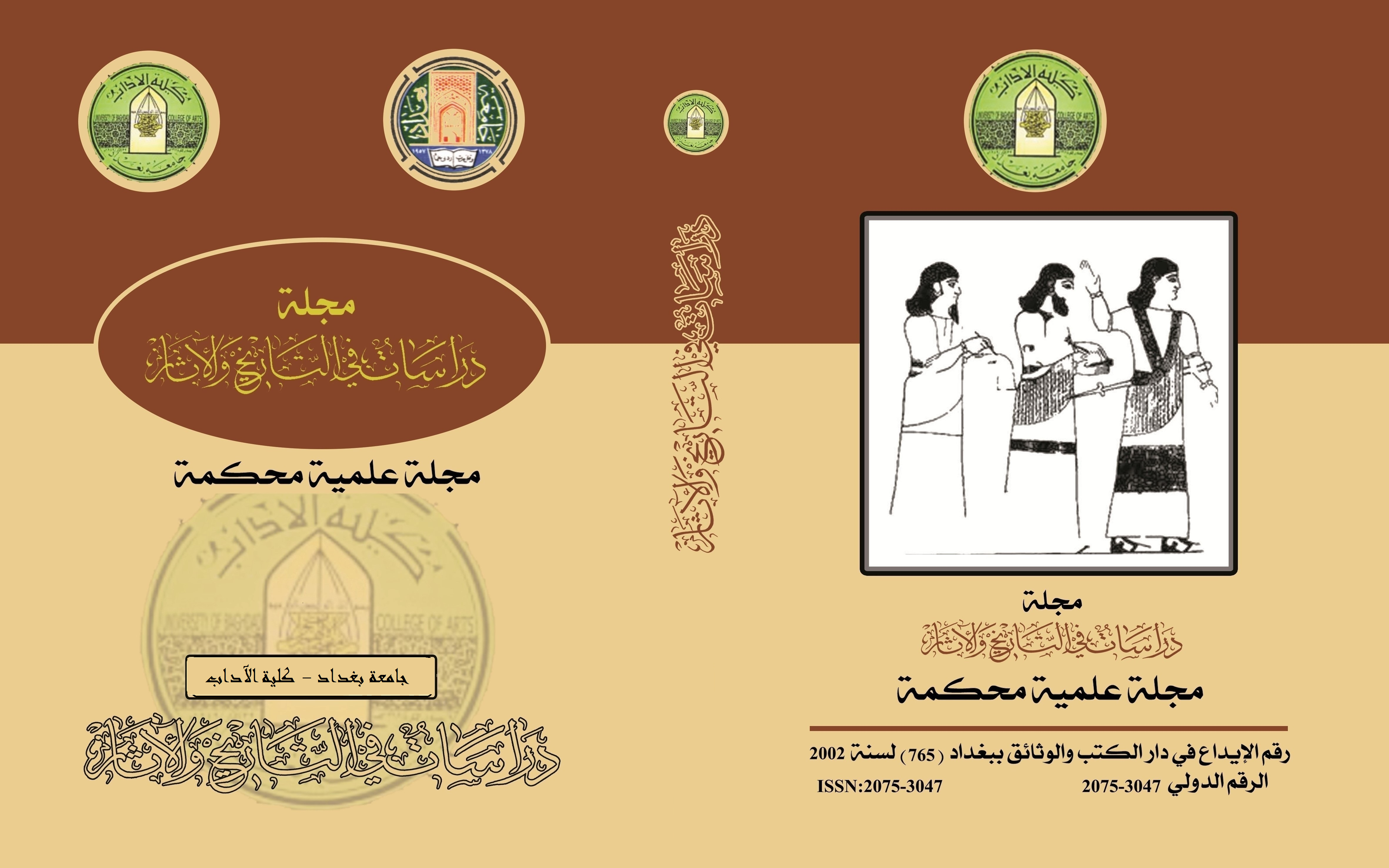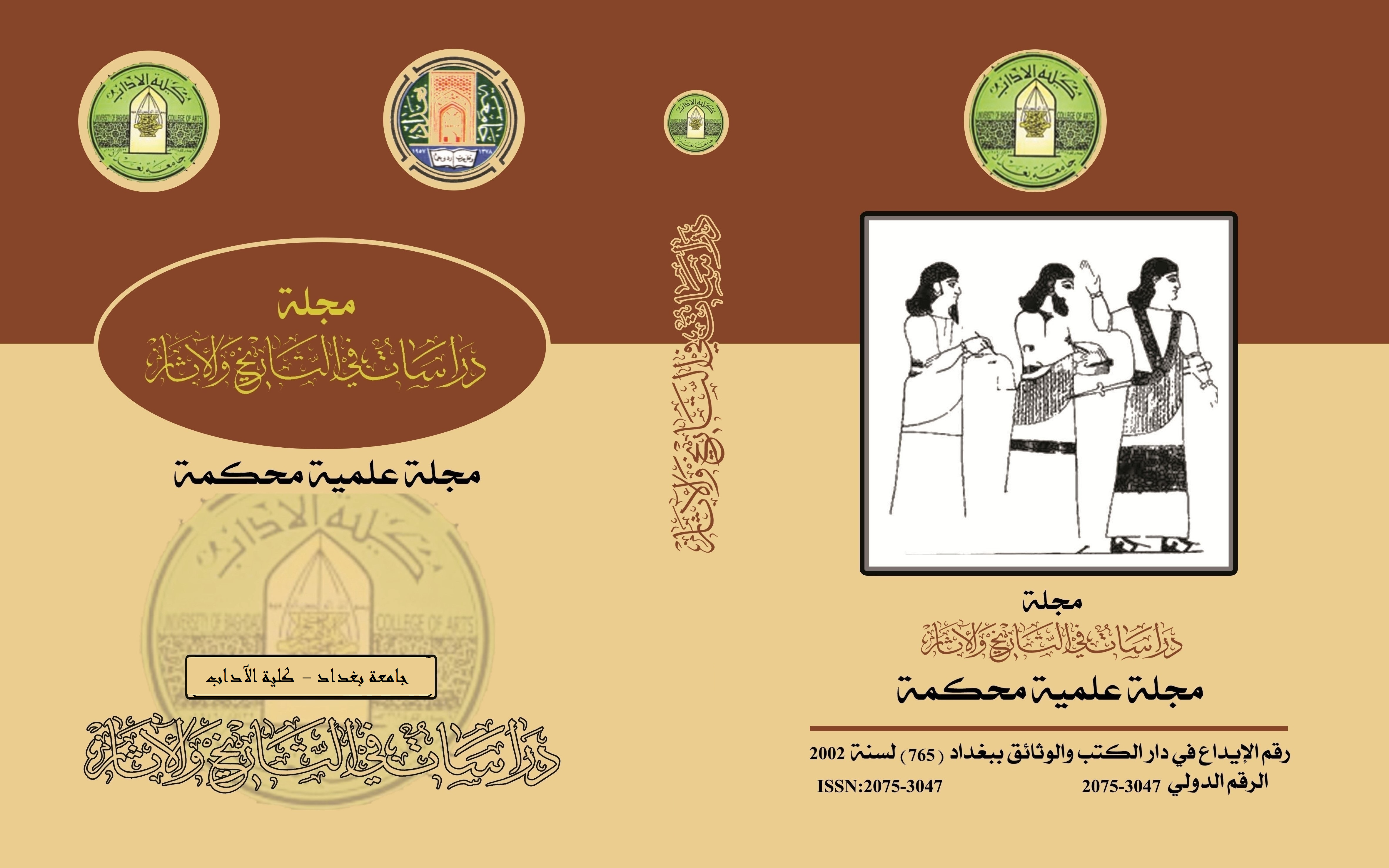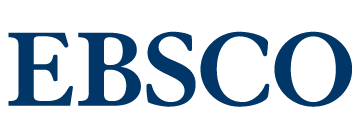استخدام الذكاء الاصطناعي في الحروب العسكرية واثره على الامن الدولي 2021- 2024
الكلمات المفتاحية:
الذكاء الاصطناعي، الحروب العسكرية، الامن الدوليالملخص
ادى ظهور الذكاء الاصطناعي وإنترنت الأشياء وحوسبة البيانات الضخمة إلى تغييرات جذرية في العلاقات الدولية فقد تغيرت موازين القوى العالمية، وأصبحت قوة الدول تعتمد بشكل كبير على التكنولوجيا والتحكم في تطبيقاتها ضمن بيئة آمنة, هذا الوضع الجديد أفرز صراعًا بين الدول وسباق تسلح تقني يعتمد على توظيف التقنيات التكنولوجية وأدوات الذكاء الاصطناعي في الجانب العسكري ونتيجة لذلك، أعادت الدول النظر في استراتيجياتها العسكرية مركزة على الأسلحة التكنولوجية المتطورة وفاعلية القوة السيبرانية ,على إن التطور في استخدام الذكاء الاصطناعي في المجال العسكري جعل الدول في حالة تأهب قصوى استعدادًا لأي حرب محتملة، حيث من المتوقع أن تدير الأدوات الذكية الحروب المستقبلية, ويشمل ذلك استخدام الطائرات بدون طيار، الأنظمة الذاتية القيادة، وتحليل البيانات الاستخباراتية بشكل تلقائي؛ هذه التقنيات جميعها تتيح جمع المعلومات من أجهزة الاستشعار ومعالجتها بواسطة خوارزميات قادرة على توجيه الأسلحة آلياً لاستهداف العدو بسرعة ودقة عالية , مما يشكل خطرًا على مفهوم الأمن الدولي في ظل الصراعات القائمة، مثل الحرب الروسية-الأوكرانية والحرب "الإسرائيلية" في غزة، والتي تمثل تهديدًا للأمن والسلام الدوليين.
المراجع
ابتهال محمد محسن، و اخرون. (تموز, 2024). المدخل الصراعي لدور اسرائيل الاقليمي. مجلة كلية السياسة والاقتصاد(23)، الصفحات 277 - 279.
اسلام دسوقي عبد النبي. (2020). دور تقنيات الذكاء الاصطناعي في العلاقات الدولية والمسؤولية الدولية عن استخداماتها. المجلة القانونية، 8.
انصاف محمد جخم الكعبي. (2023). المسؤولية الدولية عن اضرار الذكاء الاصطناعي العسكري. رسالة غير منشورة، كلية القانون، جامعة ميسان.
ايرين اسحاق عطية. (2020). امكانية تطبيق معلمي التربية الفنية بالمرحلة الإعدادية بمحافظة المنيا لمهارات توظيف الذكاء الاصطناعي في التعليم. مجلة البحوث في مجالات التربية النوعية(31)، 603-623.
ايرين اسحاق عطية. (2020). امكانية تطبيق معلمي التربية الفنية بالمرحلة الإعدادية بمحافظة المنيا لمهارات توظيف الذكاء الاصطناعي في التعليم. مجلة البحوث في مجالات التربية النوعية(31)، الصفحات 603 - 623.
ايمان سبع. (حزيران 2024). الإبادة المنسقة عبر الذكاء الاصطناعي. المؤسسة الفلسطينية لحقوق الانسان ( شاهد).
إيهاب خليفة. (2023). الثورة الصناعية الرابعة وتغير ميزان القوى الدولي. مجلة الملف المصري(105).
جينيفر لينو. (21 يوليو, 2024). جرائم الحرب الاسرائيلية في غزة تظهر الخطر الحقيقي للذكاء الاصطناعي. تم الاسترداد من نون بوست: https://www.noonpost.com/229750/
حسام حسن محمد إسماعيل. (2014). تاريخ الذكاء الاصطناعي (الإصدار ط1). (د.م): (د.م).
حسن بن محمد حسن العمري. (2021). الذكاء الاصطناعي ودوره في العلاقات الدولية. المجلة العربية للنشر العلمي(92).
خوالد ابوبكر، و آخرون. (2019). تطبيقات الذكاء الاصطناعي لتعزيز تنافسية منظمات الاعمال. برلين، المانيا.
دليلة العوفي. (2021). الحرب السيبرانية في عصر الذكاء الاصطناعي ورهاناتها على الامن الدولي. مجلة الحكمة للدراسات الفلسفية، 9(2).
سعدون سيلينا. (2022). الشخصية القانونية للذكاء الاصطناعي. رسالة ماجستير، تخصص قانون الاعمال ،قسم الحقوق، كلية الحقوق والعلوم السياسية، جامعة مولود معمرى، الجزائر.
سمير رمزي. ( كانون الاول 2024). الاستخدام العسكري الروسي للذكاء الاصطناعي في اوكرانيا . ابو ظبي: مركز الامارات للسياسات.
سيمون فرانكل بات. (ايار 2024). عندما يقرر الذكاء الاصطناعي من يعيش ومن يموت. (مركز حمورابي للبحوث والدراسات الاستراتيجية، المترجمون)
عبدالله موسى، و احمد حبيب بلال. (2019). الذكاء الاصطناعي ثورة في تقنيات العصر. القاهرة، مصر: المجموعة العربية للتدريب والنشر.
عبدالله موسى، و احمد حبيب بلال. (2019). الذكاء الاصطناعي ثورة في تقنيات العصر. القاهرة، مصر: المجموعة العربية للتدريب والنشر.
عمرو ابراهيم الشربيني. (2021). تأثير تطور تقنيات الذكاء الاصطناعي على العمل الشرطي لمواجهة الحروب النفسية. مجلة البحوث القانونية والاقتصادية.
محمد شلتوت. (2023). تطبيقات الذكاء الاصطناعي في التعليم. الرياض: مكتبة الملك فهد الوطنية.
محمد فتحي عبدالحميد. (2023). استخدام تقنيات الذكاء الاصطناعي في ابتكار تصميمات طباعة لإثراء القيمة الجمالية للتصميم الملبس. مجلة البحوث في مجالات التربية النوعية(45).
مصطفى صلاح. (2023). دمج الذكاء الاصطناعي في المجال العسكري الفرص والتحديات. القاهرة: مركز السلام للدراسات الاستراتيجية.
مصطفى صلاح. (2023). دمج الذكاء الاصطناعي في المجال العسكري الفرص والتحديات . القاهرة: مركز السلام للدراسات الاستراتيجية.
هبة الله نصر حسن مصطفى. (2024). دور وكلاء الذكاء الاصطناعي في تحقيق الامن الصحفي في الحروب الهجينة بالتطبيق على عملية حارس الجدران الاسرائيلية. المجلة المصرية لبحوث الاتصال الجماهيري، الصفحات 235 - 240.
هبة جمال الدين. (كانون الاول, 2023). الأمن السيبراني والتحول في النظام الدولي. مجلة كلية الاقتصاد والعلوم السياسية، 24(1)، الصفحات 206-220.
هبة جمال الدين محمد العزب. (كانون الثاني, 2022). العلوم السياسية ما بين تأثير تقنيات الذكاء الاصطناعي و مراجعة أركان و وظائف مفهوم الدولة و بنية النظام العالمي. مجلة كلية الاقتصاد و العلوم السياسية، 23(1)، الصفحات 103 - 150.
هيبت فتوح محمود السيد. (2024). الاساس القانوني للمسئولية الدولية الناشئة عن استخدام تطبيقات الذكاء الاصطناعي في القانون الدولي العام. مجلة جامعة الزيتونة للدراسات القانونية(خاص)، الصفحات 67 - 70.
يوسف الحداد. (تموز, 2021). التصور الأمريكي الجديد لصراعات وحروب المستقبل. مجلة درع الوطن(48).
المصادر الاجنبية
Cummings, M. L. ( January 20117). Artificial Intelligence and the Future of Warfare. International Security Department and US and the Americas Programme.
Flournoy, M. A. (2023, November/December). AI Is Already at War: How Artificial Intelligence Will Transform the Military. 102.
Garcia, D. (2018). Lethal Artificial Intelligence and change : the future of International peace and Security. International Studies Review, 20(2), pp. 334-341.
Johnson, J. (2019). Artificial intelligence & future warfare: Implications for International Security. Defense & Security Analysis, 35(2).
Shukhman, A., & et.al. (2018). Adaptive technology to support talented secondary school students with the educational IT infrastructure. Engineering Education Conference. EDUCON: IEEE.
التنزيلات
منشور
إصدار
القسم
الرخصة

هذا العمل مرخص بموجب Creative Commons Attribution 4.0 International License.
:حقوق الطبع والنشر والترخيص
بالنسبة لجميع البحوث المنشورة في مجلة دراسات في التاريخ والآثار، يحتفظ الباحثون بحقوق النشر. يتم ترخيص البحوث بموجب ترخيص Creative Commons CC BY 4.0 المفتوح ، مما يعني أنه يجوز لأي شخص تنزيل البحث وقراءته مجانًا. بالإضافة إلى ذلك ، يجوز إعادة استخدام البحث واقتباسه شريطة أن يتم الاستشهاد المصدر المنشور الأصلي. تتيح هذه الشروط الاستخدام الأقصى لعمل الباحث وعرضه.
:إعادة إنتاج البحوث المنشورة من الناشرين الآخرين
من الضروري للغاية أن يحصل الباحثون على إذن لإعادة إنتاج أي بحث منشورة (أشكال أو مخططات أو جداول أو أي مقتطفات من نص) لا يدخل في نطاق الملكية العامة أو لا يملكون حقوق نشرها. يجب أن يطلب الباحثون إذنًا من مؤلف حقوق النشر (عادة ما يكون الناشر).
يطلب الإذن في الحالات التالية:
بحوثك الخاصة المنشورة من قِبل ناشرين آخرين ولم تحتفظ بحقوق النشر الخاصة بها.
مقتطفات كبيرة من بحوث أي شخص أو سلسلة من البحوث المنشورة.
استخدم الجداول والرسوم البيانية والمخططات والمخططات والأعمال الفنية إذا لم يتم التعديل عليها.
الصور الفوتوغرافية التي لا تملك حقوق لنشرها.
لا يطلب الإذن في الحالات التالية:
إعادة بناء الجدول الخاص بك مع البيانات المنشورة بالفعل في مكان آخر. يرجى ملاحظة أنه في هذه الحالة يجب عليك ذكر مصدر البيانات في شكل "بيانات من ..." أو "مقتبس من ...".
تعتبر عروض الأسعار القصيرة معقولة الاستخدام العادل ، وبالتالي لا تتطلب إذنًا.
الرسوم البيانية ، الرسوم البيانية ، المخططات ، الأعمال الفنية التي أعاد الباحث رسمها بالكامل والتي تم تغييرها بشكل ملحوظ إلى درجة لا تتطلب الاعتراف.
الحصول على إذن
لتجنب التأخير غير الضروري في عملية النشر ، يجب أن تبدأ في الحصول على أذونات في أقرب وقت ممكن. لا يمكن لمجلة الآداب نشر بحث مقتبس من منشورات أخرى دون إذن.
قد يمنحك مالك حقوق الطبع والنشر تعليمات بشأن شكل الإقرار الواجب اتباعه لتوثيق عمله ؛ بخلاف ذلك ، اتبع النمط: "مستنسخ بإذن من [المؤلف] ، [كتاب / المجلة] ؛ نشره [الناشر] ، [السنة]." في نهاية شرح الجدول ، الشكل أو المخطط.














